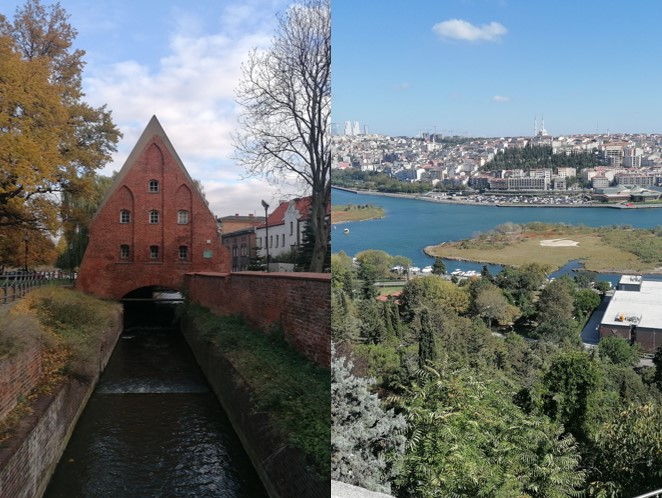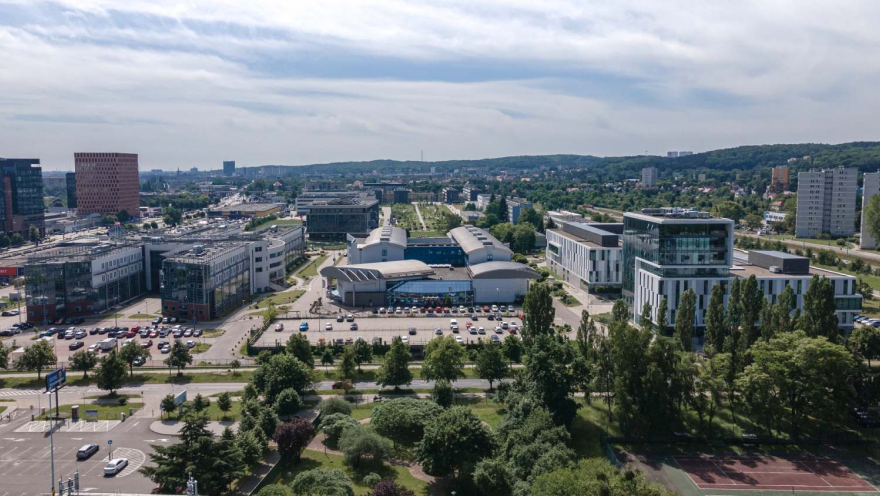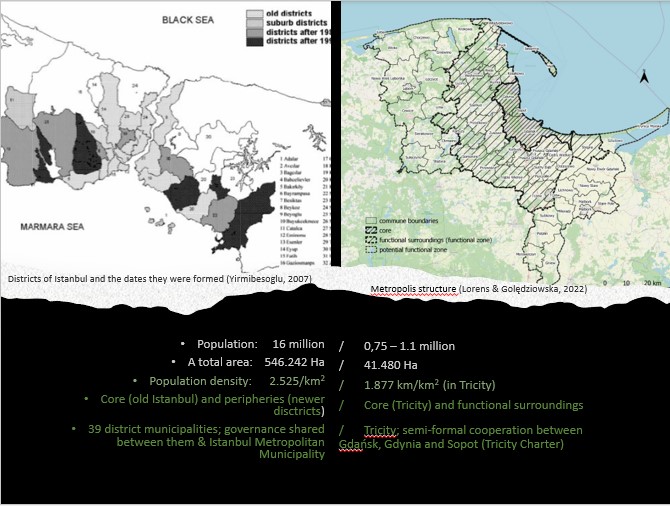HOST INSTITUTION
University of Gdańsk
Institute of Anthropology
University of Gdańsk
The University of Gdańsk is the largest university in the Pomeranian region, and one of the leading universities in Poland. Eleven faculties are attended by over 25,000 students, doctoral students and postgraduate students. The scientific staff consists of over 1,700 research and teaching staff. Such fields of study as biology and oceanography are among the best in Poland. As the project has strong interdisciplinary dimension, the possibility to esstablish cooperation with scholars in natural sciences, which the University of Gdańsk offers, is important for its successful implementation. The University of Gdańsk is one of the six partners in the European University of the Sea (SEA EU) Alliance https://seaeu.org/ that aims at closer collaboration among their researchers. This consortium facilitates establishing cooperation between scientists and offers possibilities of new joint competitive projects and scientific exchange. Moreover, each partner opens its existing courses targeted to academic staff members for the alliance (reserving a few places for SEA-EU members) or even creates new courses for the alliance e.g. Leadership skills for young leaders or How to improve PhD supervision. The language courses (English, Spanish, French, German, Polish, Croatian and Maltese) are also offered by SEA EU universities to participants from other partner universities.
Institute of Anthropology
The Institute of Antrhopology is relatively new (as it dates back to 2009), but it places among the most developing anthropological study centres in Poland. Currently, the Institute has three divisions and employs 14 faculty members with different regional and thematic expertise, including studies of the immediate area of Pomerania and Kashubia, South and North America, Australia and the islands of Polynesia, and Far East Asia. The Institute has also strong interdisciplinary orientation, with scholars who combine ethnology with philosophy, history and archaeology.
Anthropology of more-than-human worlds have been among the main fields of the Institute’s scientific activity, and have been developing dynamically in recent years in response to the pressing problems of the modern world that push us towards the study of interdependencies between humans and other living beings.
The Institute offers several BA and MA courses (and thus attracts students whose interests are) related to the Anthropocene, Ethnozoology, and other human-environment and human-nonhuman interactions.
RESEARCH LOCATIONS
Istanbul
Gdańsk and the Tricity

This project applies a comparative perspective on how green spaces and plants have been constructed, governed, and imagined by drawing on fieldwork in two metropolitan cities: Istanbul and Gdańsk. As coastal urban areas, both cities have diverse micro-climate zones that create high biodiversity potentials, and their visions for the future are formulated as “green” (Zielony Gdańsk; Yeşil İstanbul).
Istanbul
Istanbul is the largest and most populated city in Turkey. With a population of over 16 million, 39 district municipalities, a total area of 1,539 square kilometers, and an average population density of 2,523 people per square kilometer, the metropolis is responsible for approximately 10% of the national greenhouse gas emissions. Within its current administrative boundaries, the metropolis spans from the Black Sea in the north to the Sea of Marmara in the South and covers over five hundred thousand hectares.
Gdańsk and the Tricity
Situated on the Baltic Sea coast in northern Poland, Gdańsk is a prominent urban center within the Tricity agglomeration, which encompasses the municipalities of Gdańsk, Gdynia, and Sopot. The combined population of the Tricity area is over a million people, whereas around 470,000 people inhabit Gdańsk.

